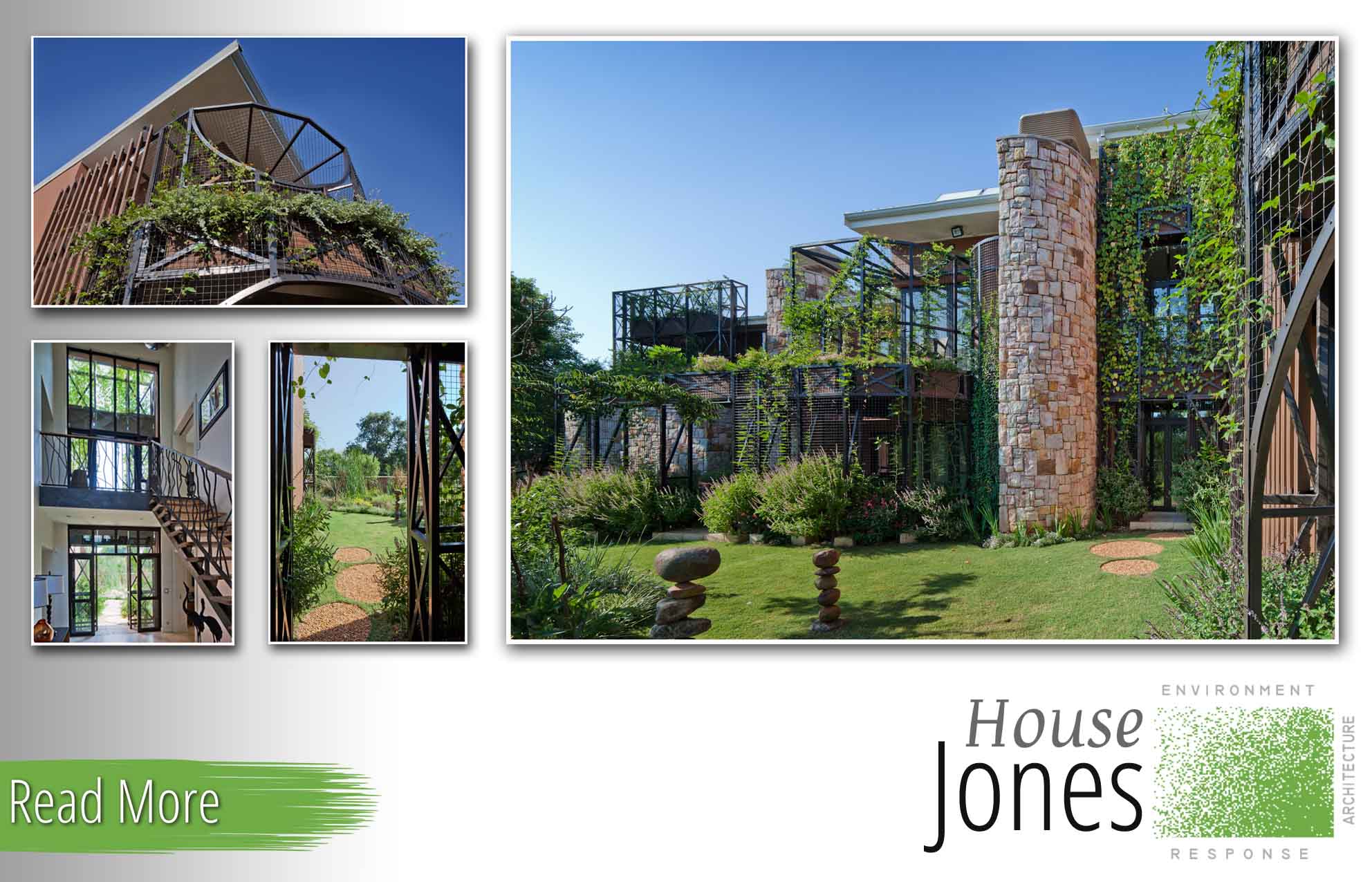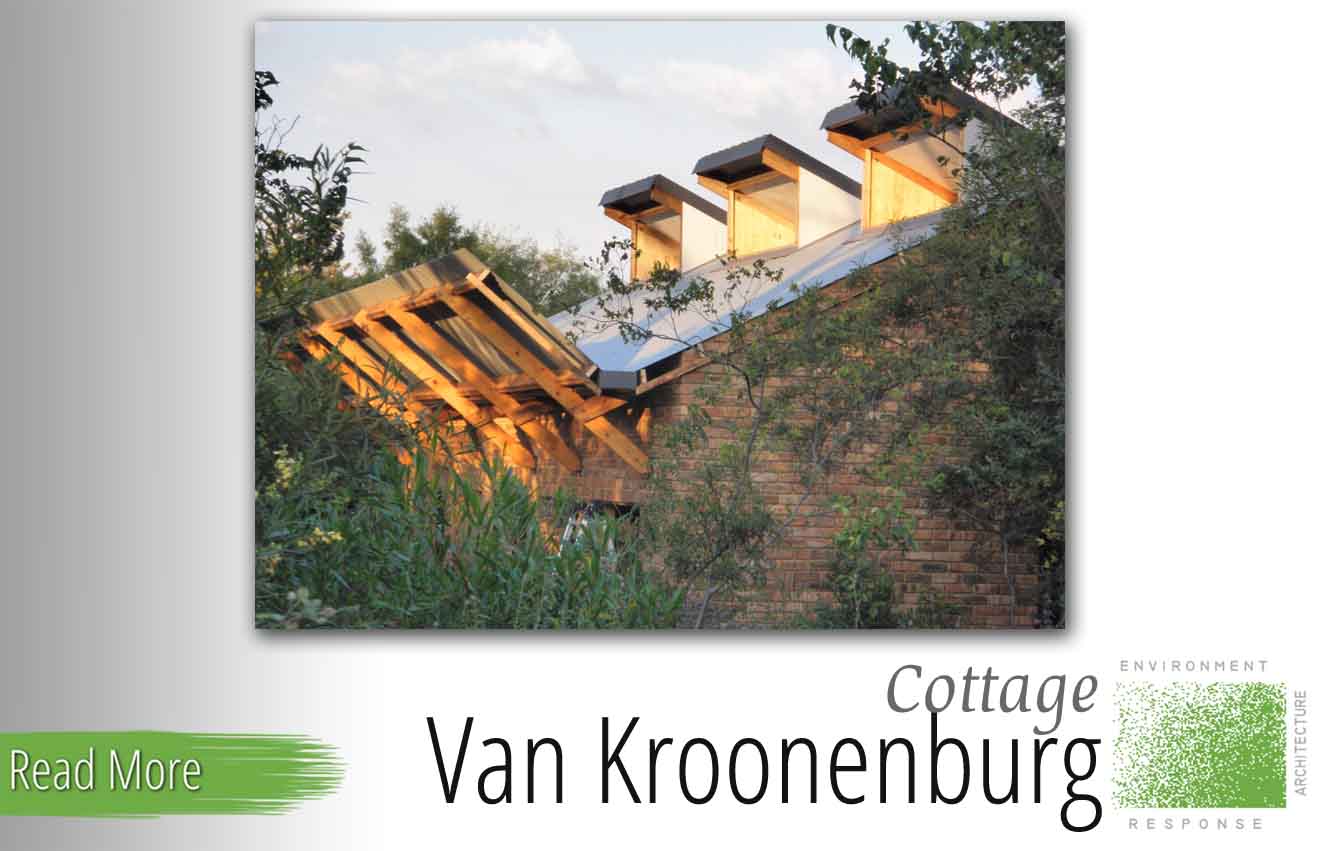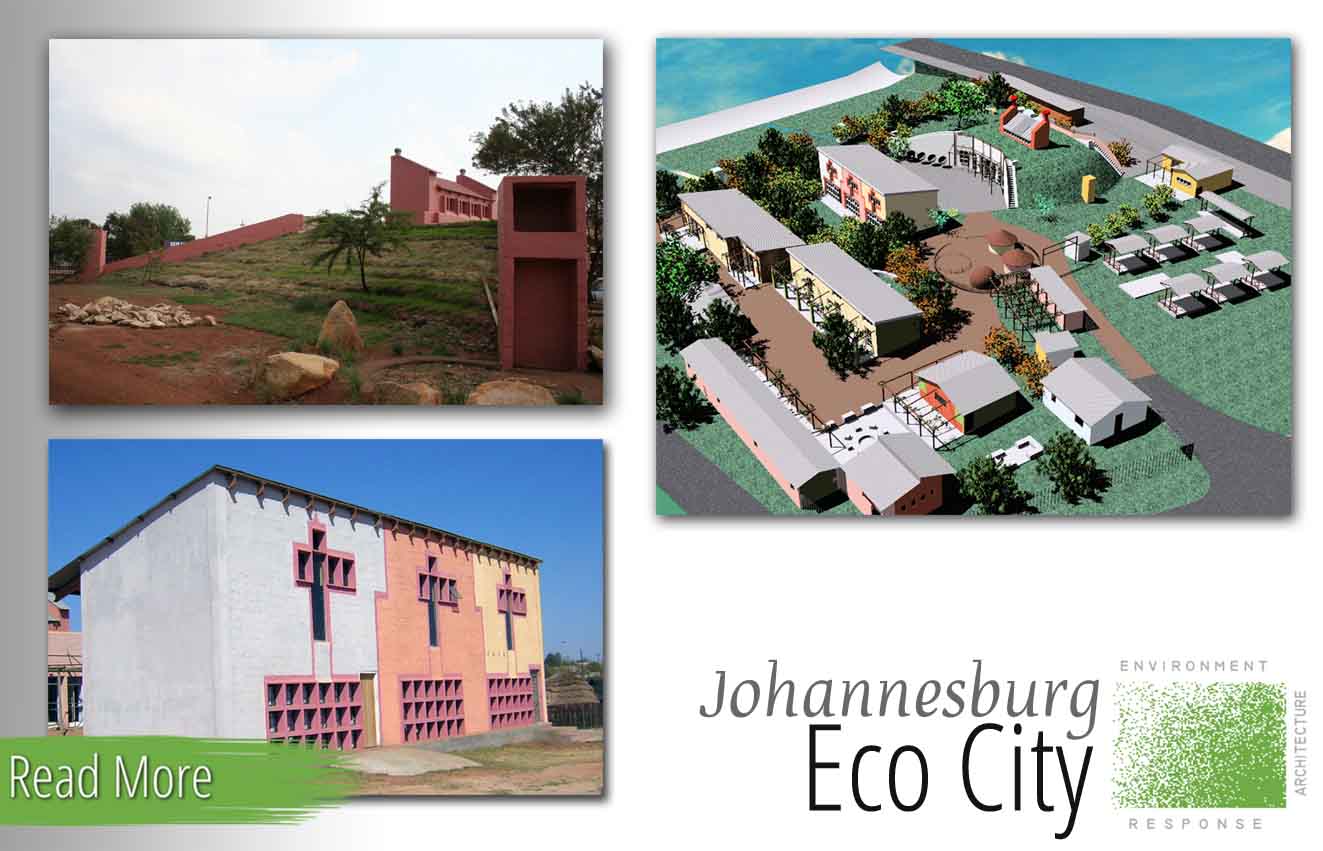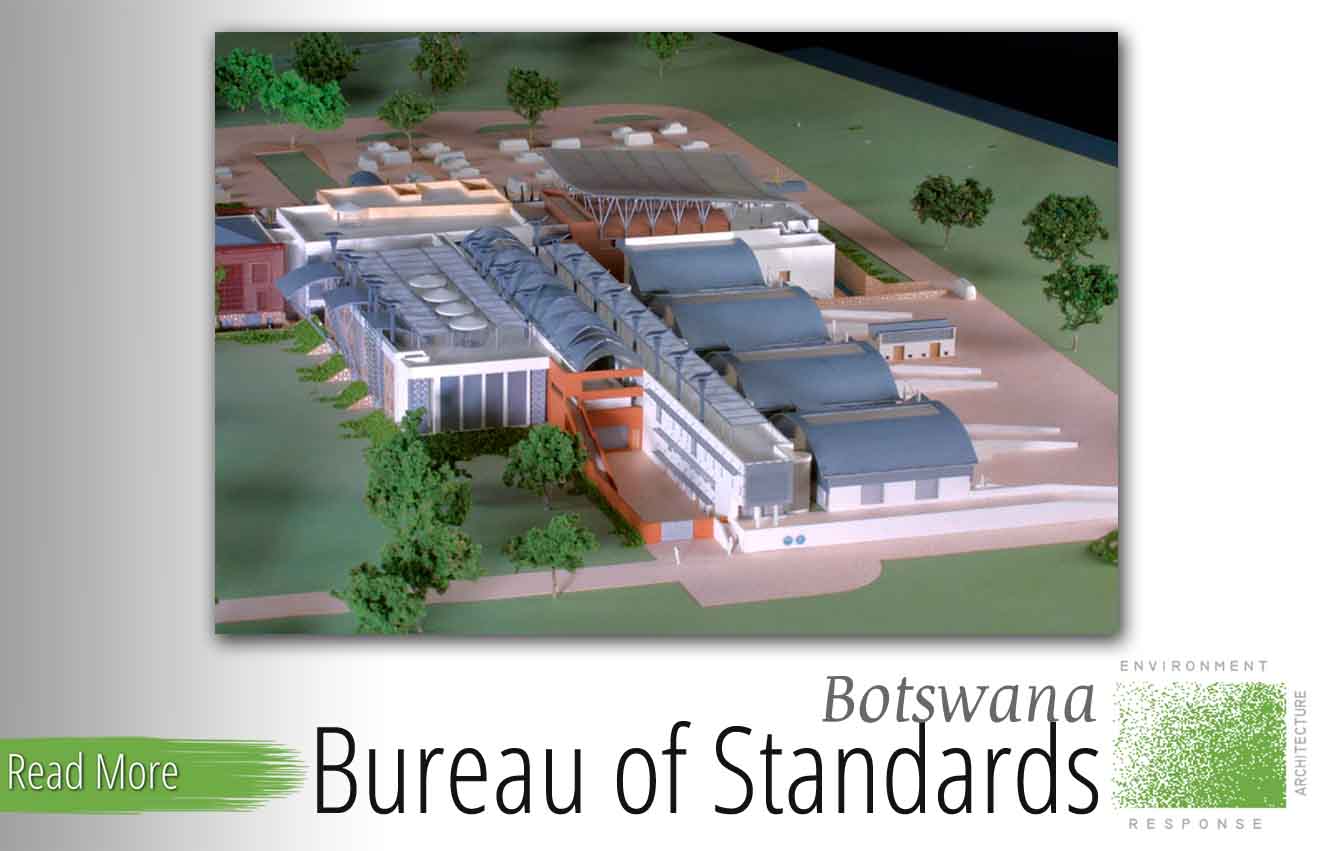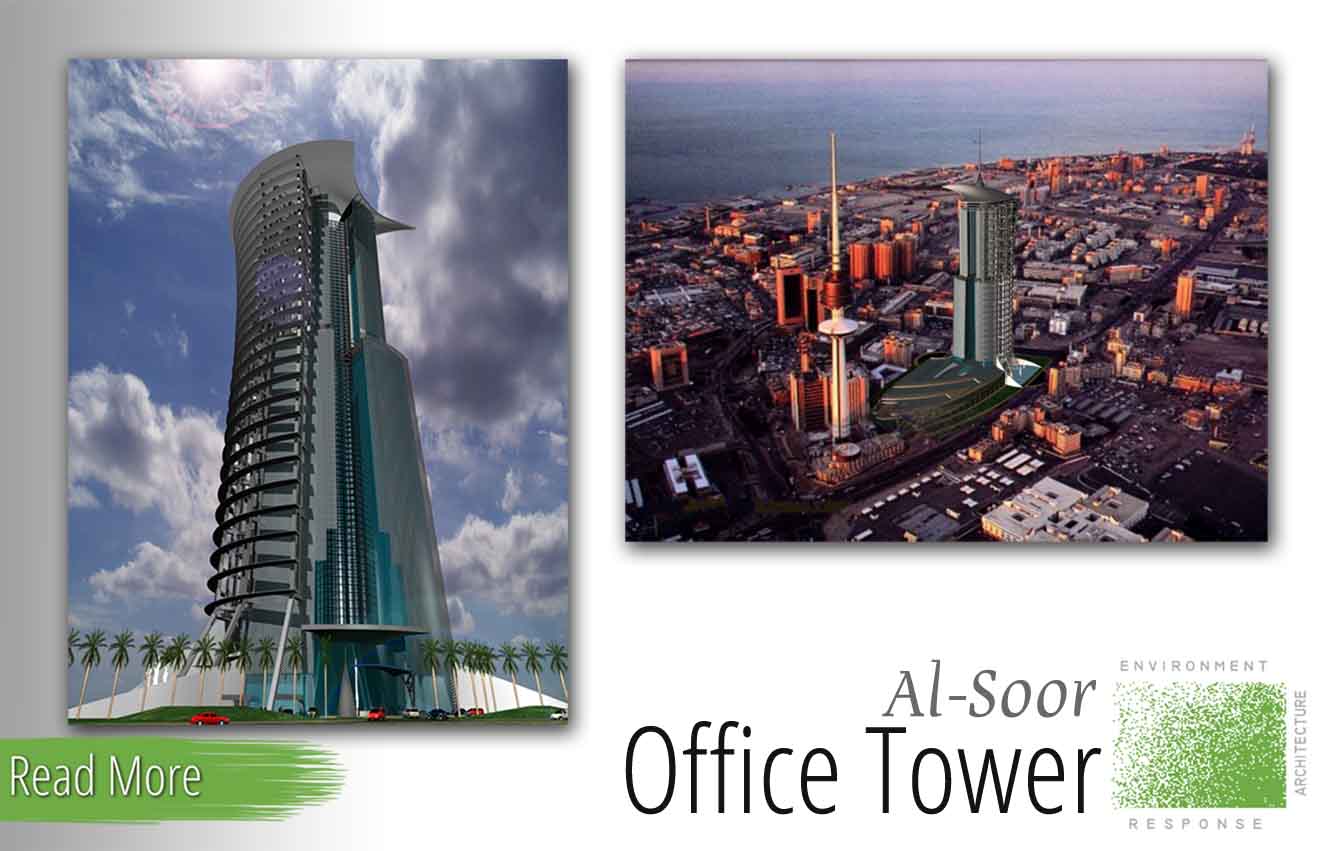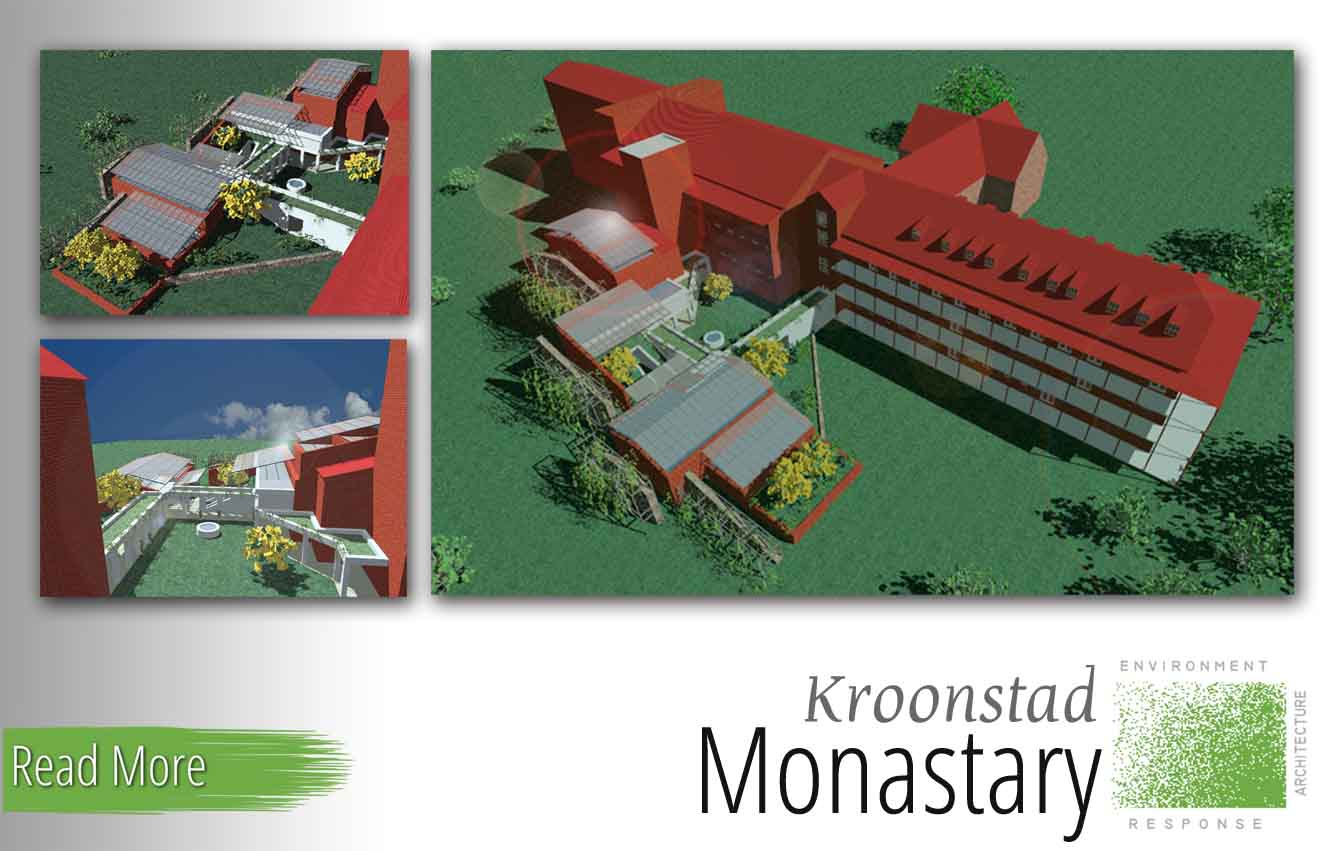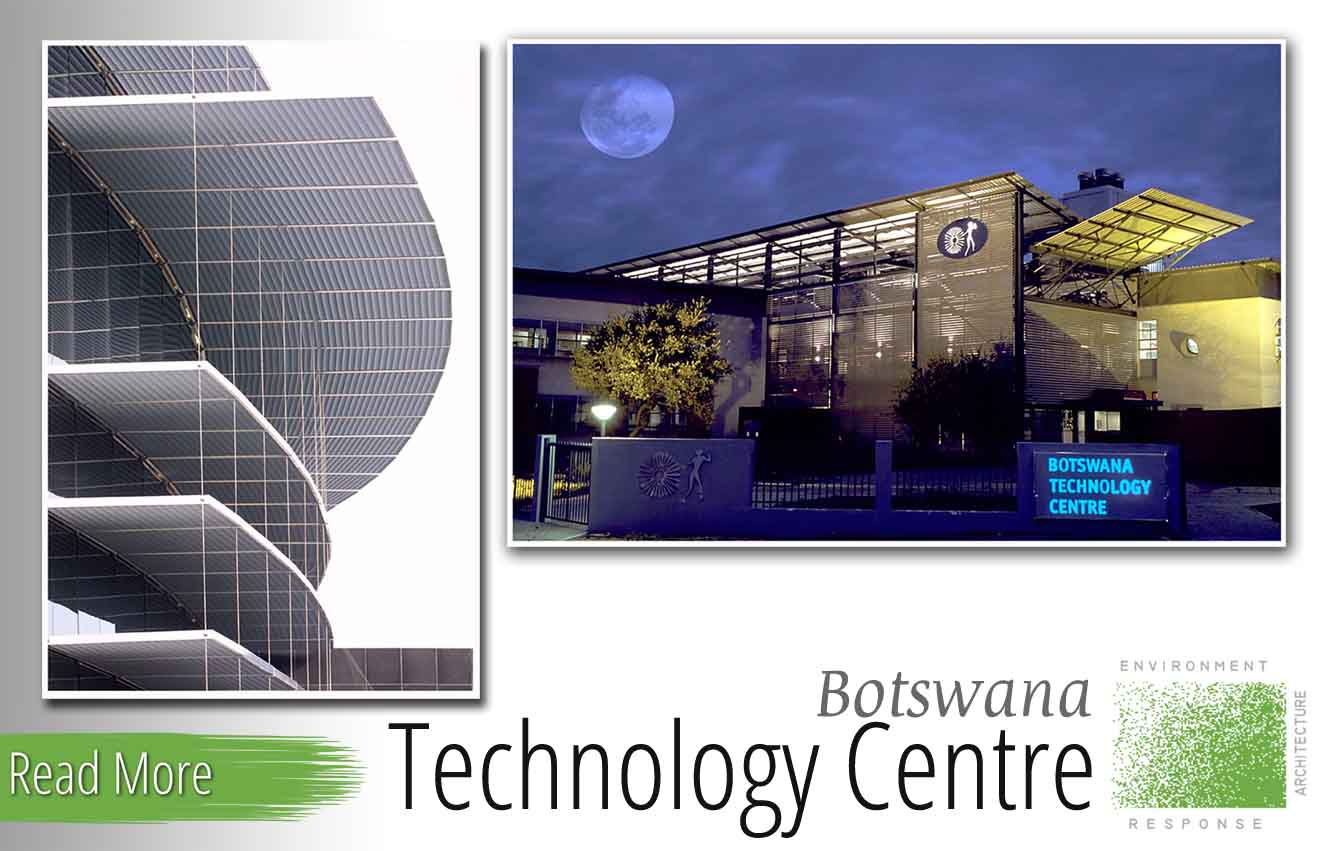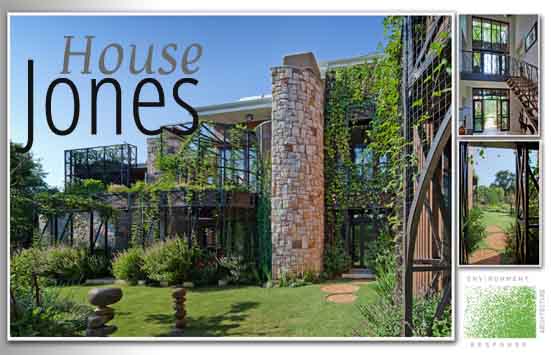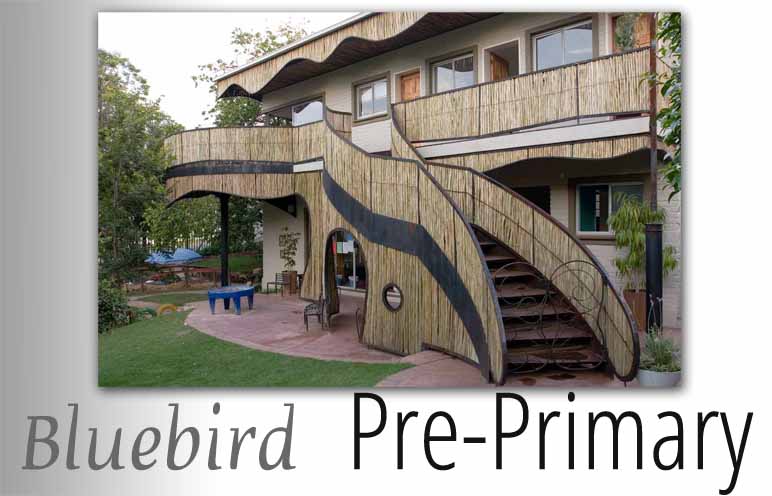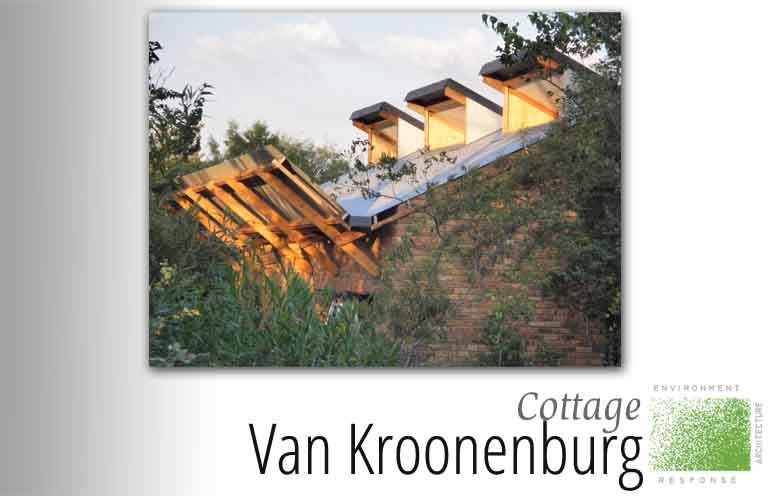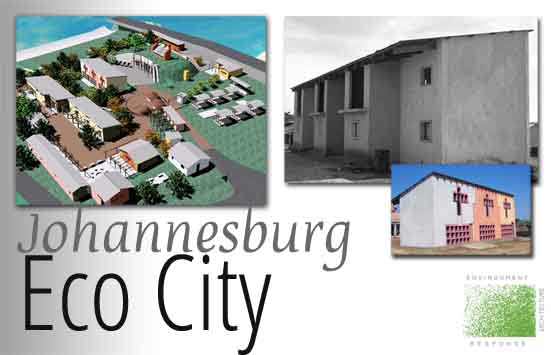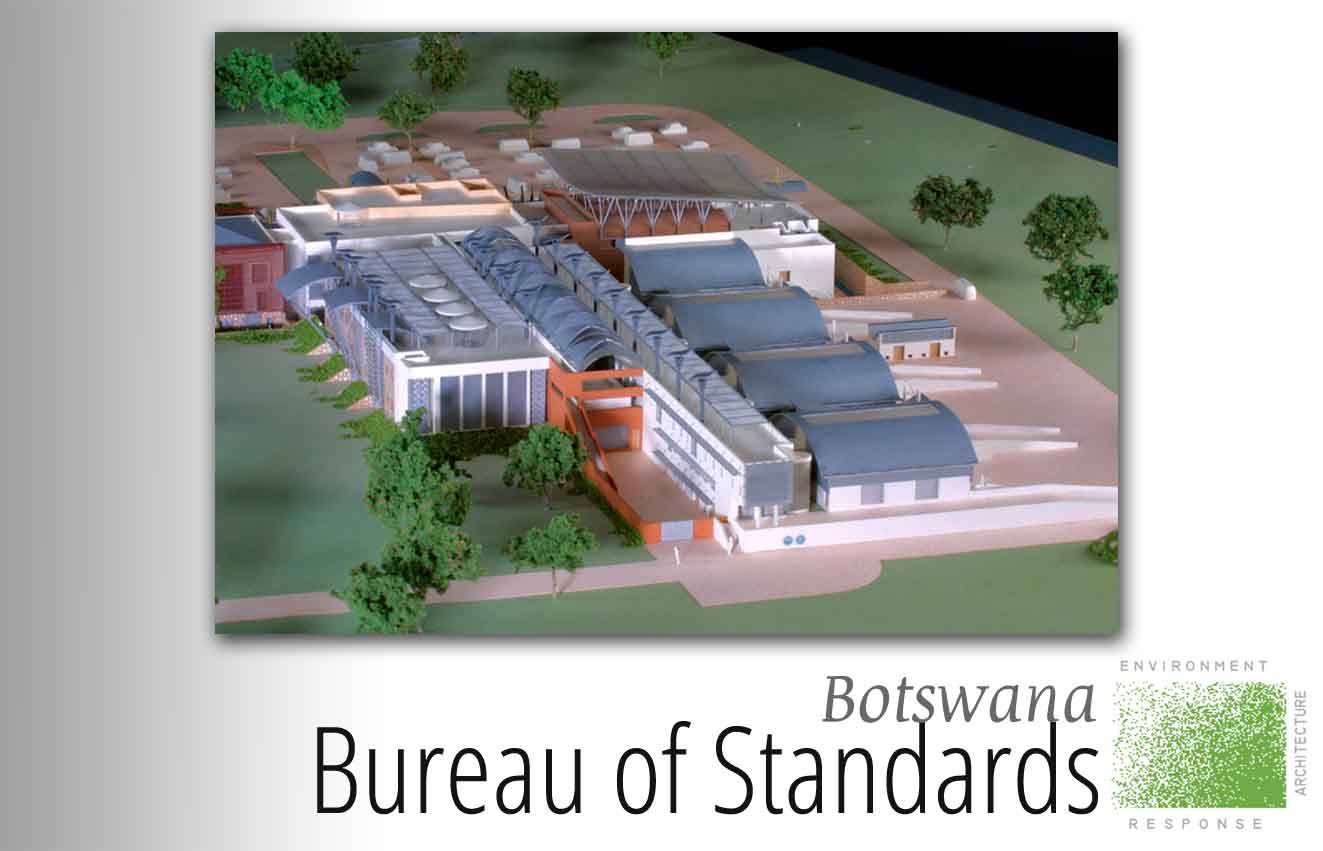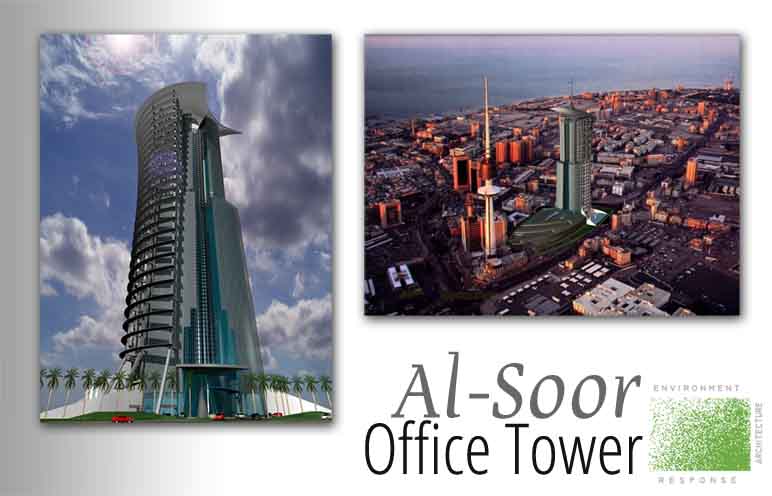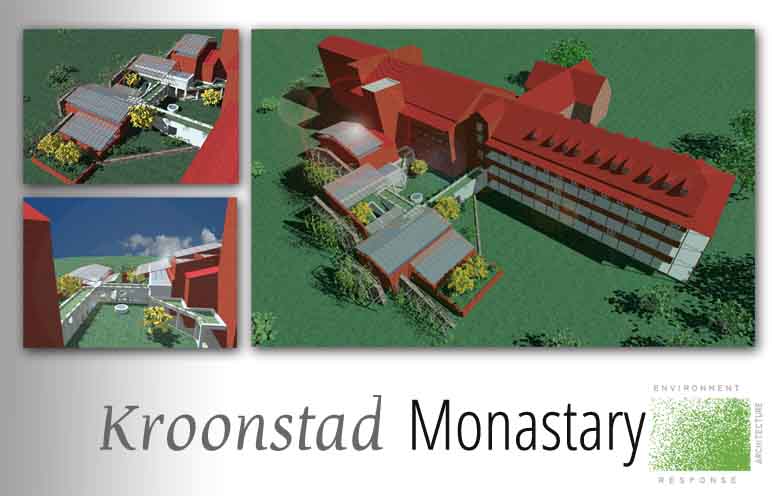It has been estimated that 50% of the world’s energy is used in the production and servicing of buildings. Through Carbon Dioxide and CFC emissions, buildings may be responsible for up to 32% of global warming. Enormous quantities of non-renewable resources and water are consumed in the production of modern buildings. Most architecture is oblivious to these facts and their consequences, and only attempts to address the issues of cost, function, aesthetics, and construction. Green architecture takes a much broader view, and attempts to address the issues of resource depletion, environmental degradation, pollution and social imbalance. It encompasses the three pillars of sustainable development; social, economic and environmental sustainability.
Green architecture has intrinsic in its philosophy the notion of a caring social ideology in the design process. The site is considered more than a place to build the project, but rather its geology, geography and ecology are a resource with which the architecture synthesizes to produce built form. Climate is most often an opportunity for synergy to produce comfortable internal and external environments with much less energy expenditure than in traditional architecture. This is particularly true in areas such as Southern Africa with its temperate climate. It is recognized that any development that is not economically sustainable is an even greater waste of precious resources than traditional architecture, and therefore green architecture has to work within the current financial systems, while still producing less environmental impact than its traditional counterpart.
In the language of the building industry, the building is broken down into separate elements; wall, roof, floor etc. There is little mention of the interaction between these elements, and how they perform as a whole. Green architecture represents a holistic approach, where the building is considered as a whole; an organism or machine, in which every component has an effect upon the other components and on the building as a whole. Working in this way, it is possible to have single elements performing several functions, producing more resource efficient buildings.
